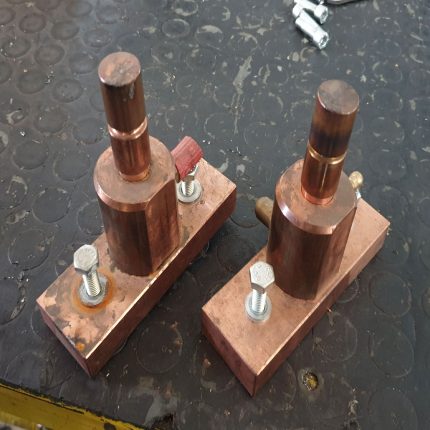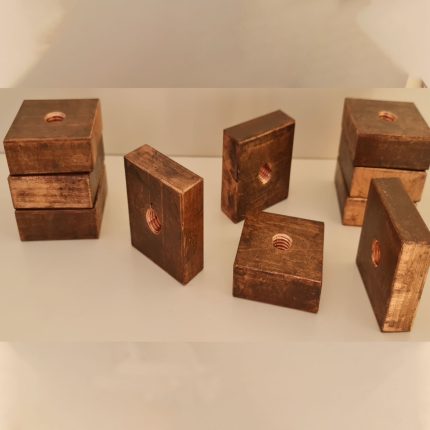Chromium zirconium copper electrodes combine the properties of chromium, zirconium, and copper, making them suitable for high-performance applications, particularly in welding and electrical contact applications.
Tips And Caps Electrodes In Copper Alloy
Chromium zirconium copper electrodes combine the properties of chromium, zirconium, and copper, making them suitable for high-performance applications, particularly in welding and electrical contact applications.
Category: Dess Copper Electrods
Description
Product information request form








